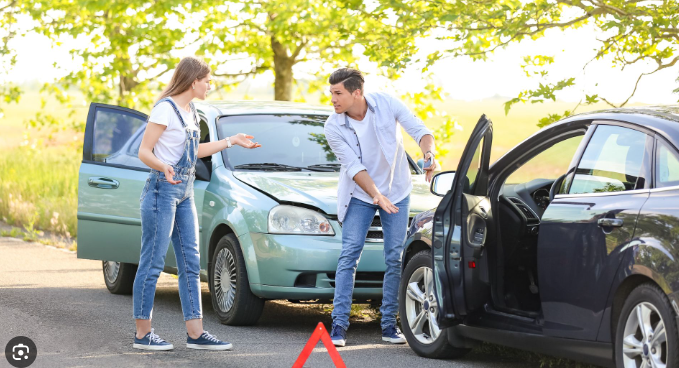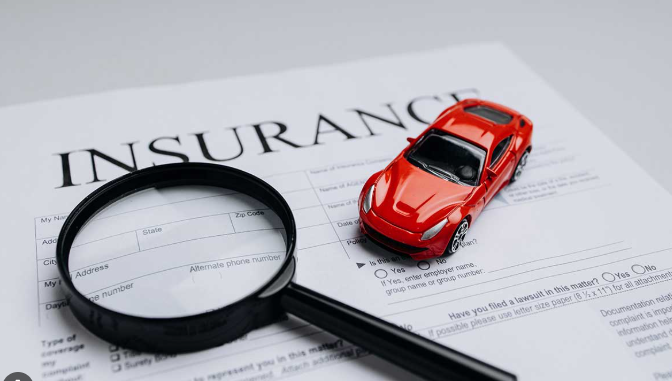Have you recently been involved in a car accident in Colorado and are wondering who pays for what? Understanding how Colorado at fault state insurance car accident laws work is essential to navigating your next steps.
In this article, we’ll break it down in clear terms — no legal jargon — so you can make informed decisions and protect yourself financially.
What Does “At-Fault State” Mean?
In an at-fault state, the driver who caused the accident is responsible for paying damages. This includes property damage, medical expenses, and other related costs.
Colorado operates under this at-fault system, meaning that if you’re found liable, your insurance must cover the damages up to your policy limits.
How Is Fault Determined in a Colorado Car Accident?
Fault is determined through a combination of:
- Police reports
- Insurance adjuster investigations
- Witness statements
- Photographic or video evidence
Colorado follows a modified comparative negligence rule — if you are less than 50% at fault, you may still recover damages. If you are 50% or more at fault, you cannot collect damages from the other driver.
Key Takeaways About Colorado’s At-Fault System
- Colorado is an at-fault state for car accidents.
- The at-fault driver’s insurance typically pays for damages.
- Your ability to recover damages depends on your percentage of fault.
Minimum Insurance Requirements in Colorado
| Coverage Type | Minimum Required |
|---|---|
| Bodily Injury (per person) | $25,000 |
| Bodily Injury (per accident) | $50,000 |
| Property Damage | $15,000 |
Note: These are the minimum requirements — many experts recommend carrying higher limits for better protection.
What Happens After an Accident in an At-Fault State?
- File a police report if there are injuries or significant damage.
- Contact your insurance company to start the claims process.
- The insurance companies investigate to determine fault.
- The at-fault driver’s insurance pays damages (within limits).
- If you disagree with fault determination, legal action may be an option.
Do You Need to File a Claim If You’re Not at Fault?

Yes, even if you’re not at fault, it’s wise to notify your insurance company. They can help guide you through the process and ensure your rights are protected.
If the at-fault driver is uninsured or underinsured, your own coverage (if you have it) may step in to cover your costs.
Common Types of Coverage in an At-Fault State
- Liability Insurance — Pays for damages you cause to others.
- Collision Coverage — Pays for damage to your own car after an accident.
- Comprehensive Coverage — Covers damage from non-collision events (theft, weather, etc.).
- Uninsured/Underinsured Motorist Coverage — Protects you if the at-fault driver lacks sufficient insurance.
What If Both Drivers Share Fault?
Under comparative negligence, your compensation is reduced by your share of the fault.
Example:
- You’re 20% at fault.
- Total damages: $10,000.
- You can recover $8,000 (80% of the total).
Benefits of Understanding Colorado’s At-Fault Insurance Rules
Knowing how the Colorado at fault state insurance car accident system works helps you:
- ✅ Understand your financial responsibilities.
- ✅ Protect your legal rights.
- ✅ Choose the right insurance coverage.
- ✅ Be prepared in case of an accident.
FAQs: Colorado At-Fault State Insurance Car Accidents
Is Colorado an at-fault or no-fault state?
Colorado is an at-fault state. The driver who caused the accident pays for damages.
How do I prove I wasn’t at fault?
Collect evidence — police reports, photos, witness statements — and share them with your insurer and/or legal counsel.
Can I sue the other driver in Colorado?
Yes, you can sue for damages if the other driver was at fault and you suffered losses.
What happens if the at-fault driver is uninsured?
If you carry uninsured/underinsured motorist coverage, it can help cover your costs. Otherwise, you may need to pursue legal action.
Summary
Understanding the Colorado at fault state insurance car accident system is key to protecting yourself on the road.
Remember:
- Colorado is an at-fault state.
- Fault impacts who pays for damages.
- Carry adequate insurance coverage to safeguard your finances.
If you’d like to learn more about choosing the right coverage or understanding related insurance topics, learn more about colorado at fault state insurance car accident and other key aspects of auto insurance in Colorado.
Drive safe and stay informed!

